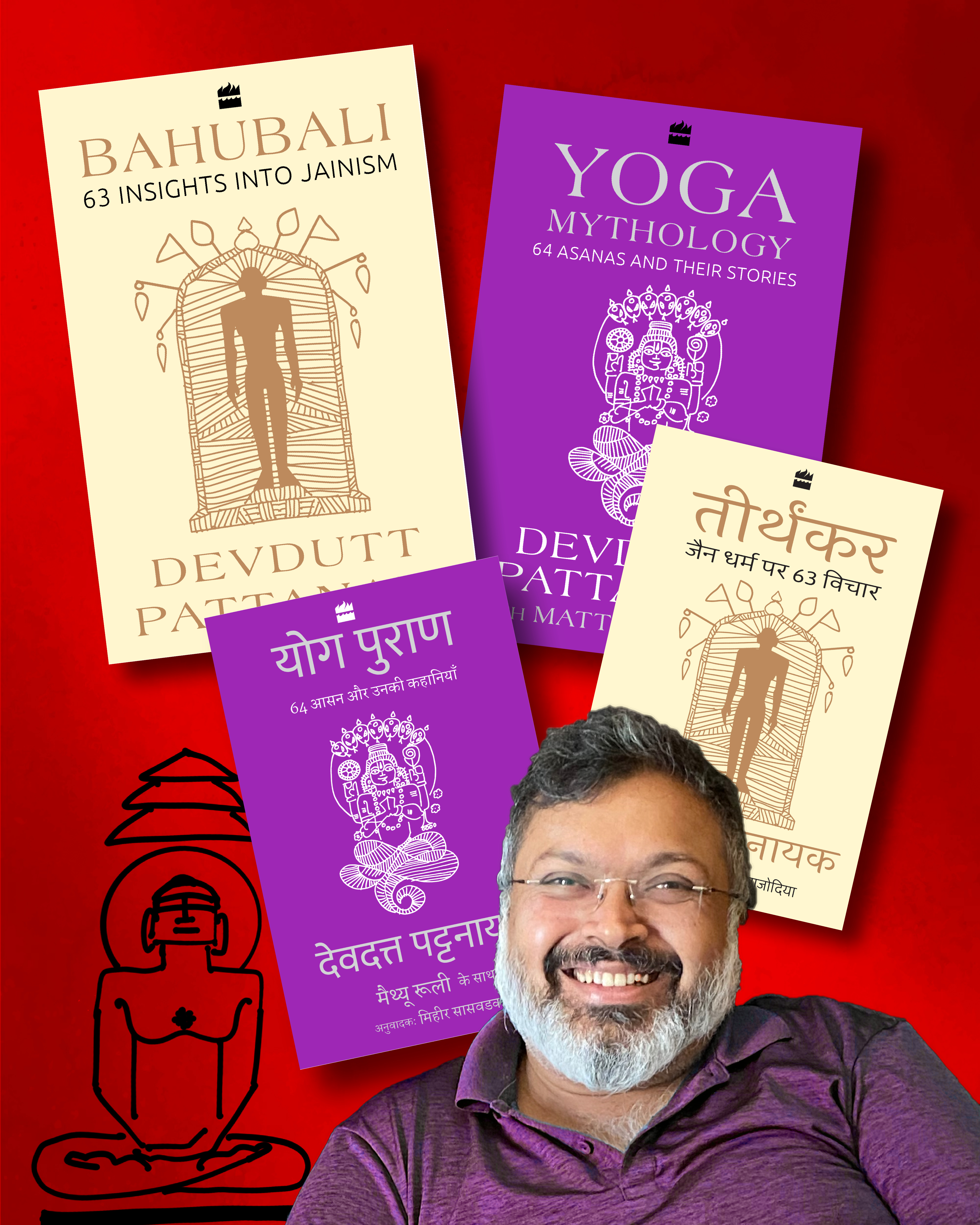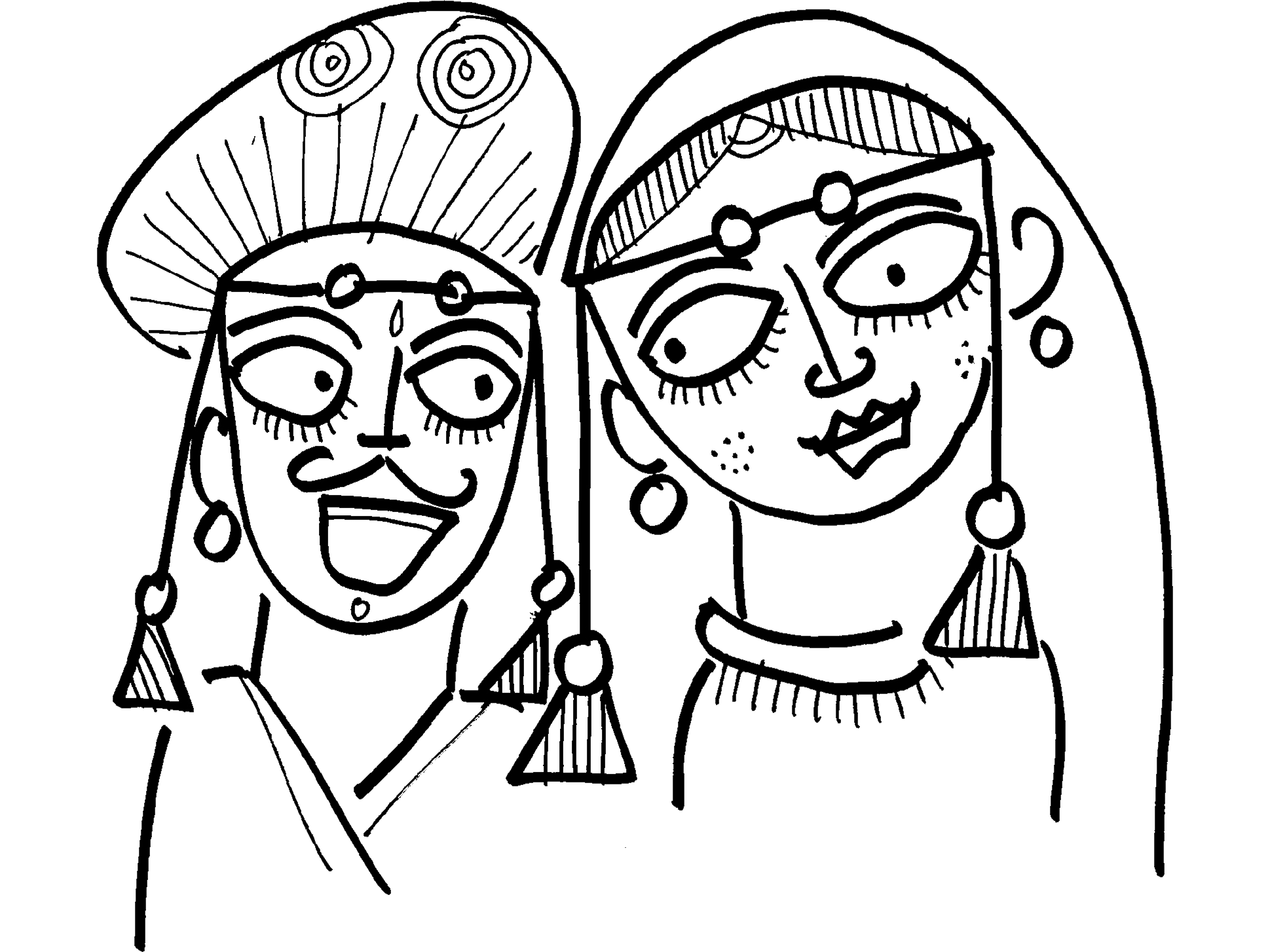Published on 1st January, 2022, in The Hindu.
Ever since erstwhile champions of secular values have begun differentiating between Hindu and Hindutvawadi, a whole lot of intellectuals are bristling. They are arguing how these nuanced metaphysical differentiations hold no relevance on the street. Mostly from the Hindu elite, these are the same scholars who will argue that Islam should be separated from Islamism, and clarify that invaders of India should be described as Persianised Turks and not Muslim warlords.
Religion as a word found favour in the 19th century. It referred to monotheistic mythology, which deemed god as a fact, despite the growing influence of science. For most colonisers, there was only one religion — their version of Christianity, either Catholic or Protestant. They saw Judaism as outdated and Islam as heresy, despite their common roots. Beliefs of the populations in the nations they colonised were deemed pagan and idolatrous, hence invalid, as superstitions and not religion.
Then, however, it became difficult to access Japanese markets as the Emperor of Japan did not appreciate missionary activities. That is when the idea of ‘respecting other people’s religion’ gained political currency. In other words, in the 19th century, it was the market that forced Europeans to acknowledge the validity of multiple religions.
Indian identity
It is not a coincidence, therefore, that during this period, Buddha was ‘discovered’ by Europe and widely appreciated. Indians were told that Buddhism was a better idea to emerge from India, a counter to casteist Hinduism. This is when words like Hinduism and Hindutva were invented, the former in the early 19th century by Raja Rammohan Roy who believed in social reform, and the latter in the late 19th century by Chandranath Basu who opposed social reform.
Before this period, identity in India was based on caste, tribe, and region. One saw fishermen as belonging to the fisherman caste. It did not matter who they worshipped. Landlords were landlords — some Muslim, some Rajput, some Brahmin, some Thakur, some Kayastha.
The British successfully formalised religion as a category through the medium of census. Hindus never had a centralised religion until the British told them they did. It was constructed as a creation of Brahmins to enforce caste hierarchy, just as prophets and priests enforced divine law in Christianity. This new vocabulary of religion enabled Britain to justify its rule of India, and ‘save’ Hindus from Muslim rulers, and ‘lower’ caste Hindus from the ‘upper’ caste elite. Later, it enabled elite Muslims to divide India and ‘protect’ Muslims from the now powerful Hindu elite. And it is now being used to ‘unite’ India from the so-called ‘Marxist’ anti-caste forces that want to divide Hindus, and hence India itself.
Seen through the lens of religion, even pre-Partition India was a Hindu majority state. Seen through the lens of caste, India has always been a land of many minorities. Religion makes more sense than caste for the politician because democracy is based on numbers. As long as they were fighting elite Hindus, the Muslim politician could unite Muslim elites of North India to create Pakistan. But then the Bengali elite refused to bow to the Punjabi elite, and this led to the division of Pakistan and the creation of Bangladesh.
Talking about caste
The fear of further division plagues both countries, for everyone knows the people of South Asia have strong caste and tribal roots, religion notwithstanding. However, both Pakistan and Bangladesh will resist conversations around caste in their respective Muslim communities, insisting caste is a Hindu and not a South Asian word. Academicians rarely push back despite vast evidence to the contrary.
Is there anything Hindu outside of caste? If you do not talk about caste, a Hindu is accused of being an elite Hindu who uses privilege to deny caste. If a Hindu talks about caste, then they must only talk about it in terms of oppression and its annihilation. Any other conversation about caste, say, in terms of cultural and vocational diversity makes a Hindu a caste-admiring bigot. Thus, conversations are cleverly gagged to reinforce the idea that Hinduism is nothing but caste.
Politicians never had a problem evoking caste, as it generates vote banks, and they can always justify it by appealing to minority rights. When it came to Islam, politicians could invoke religion and justify it by appealing to minority rights once again. But when it came to Hinduism, evoking religion did not really help. Other than Islamophobia, there was nothing really uniting Hindus.
Powerful force
The Mandal Commission changed that. It acknowledged that over 50% of Indian castes are actually backward communities, neither elite nor scheduled, neither savarna nor avarna. Hindutva became a powerful force when these backward communities were reminded of their caste histories, and made to feel proud of their Hindu heritage.
This was the Hindutva masterstroke; it now speaks of Hinduism by speaking to the neglected middle of the bell curve of caste. At one end, hundreds of thousands of Indians have been told that they are being denied access to an institute or a job, not because of merit, but because their ancestors instituted and benefited from the caste hierarchy. They are paying for the crimes of their ancestors. It is social justice. Sounds rational and moral and ethical. But it does not take away the rage. It does not make you give up your caste, it makes you cling to it even more defiantly.
At the other end, the academic assumption that the under-privileged castes want to give up caste is not based on fact. You cling to your caste identity to get that certificate that will give you access to education and a job. You may hide it to gain entry into elite circles. Considering the sheer size of India, not everyone benefits from the positive discrimination. There are still many without wealth and power and education who find solace in their caste identity, for that is the only family history they have. And Hindutva acknowledges it. Cynically, one might argue. But it is acknowledged nevertheless, winning the hearts of voters.
Hindu vote banks
Caste embarrassed elite Hindus. The idea of annihilating caste made many intellectuals feel morally superior just as annihilating religion made 19th century intellectuals feel morally superior, and annihilating gender makes 21st century intellectuals feel morally superior. But anti-caste movements seemed increasingly anti-Hindu, and by extension anti Hindu Rashtra hence anti-national. Meanwhile, Hindutva has successfully strengthened Hindu vote banks by acknowledging the reality of caste as well as the underlying Islamophobia and unabashedly equating it with nationalism.
Most politicians now acknowledge that secularism does not win the heart of the Hindus who make up the largest vote share. They can sense a new vote bank emerging among those Hindus who do not identify themselves through Islamophobia or caste. As they go about creating this new vote bank, Hindutva ideologues are obviously alarmed. But so are secular intellectuals who had once granted themselves the exclusive privilege of defining Hinduism through the straitjacket of caste.











